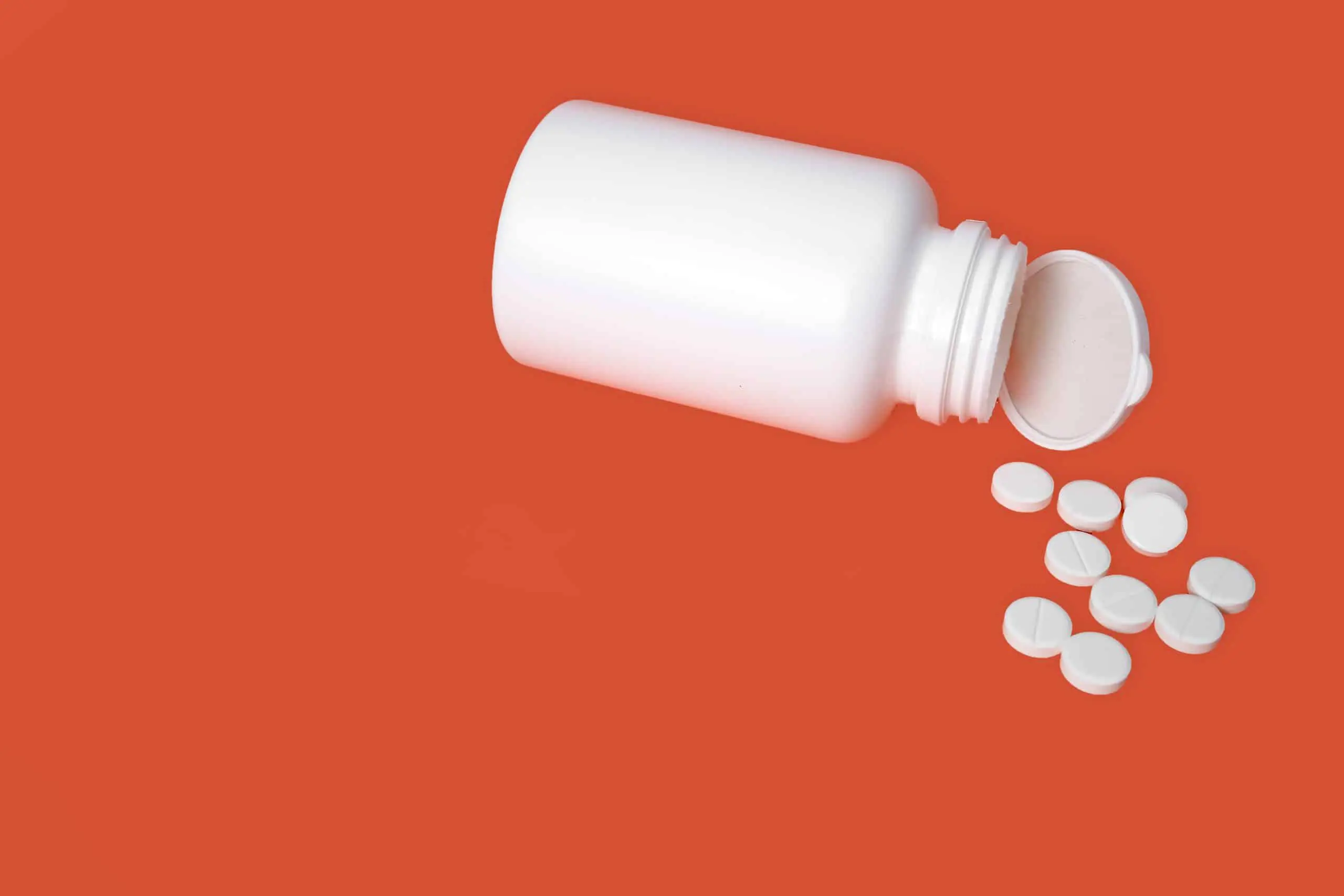Summary:
- An in-depth exploration of Quaaludes, their effects, and the dangers they pose.
- Understanding the medical and recreational uses of Quaaludes and how they led to widespread abuse.
- Discussing the legal and illicit production of Quaaludes today
Quaaludes, once a commonly prescribed sedative, now a symbol of past excesses and the potential dangers of drug abuse. The story of Quaaludes is not just a cautionary tale about a particular drug, but a broader reflection on society’s ongoing struggle with addiction.
What are Quaaludes?
Quaaludes refer to the brand name of a drug whose active ingredient is methaqualone. Developed in the 1950s in India, methaqualone was initially touted as a safer alternative to the barbiturates commonly used at the time for treating anxiety and insomnia. By the 1960s and 1970s, it had become incredibly popular in the United States and many other parts of the world not just for medical use but also as a recreational drug, due to its ability to produce a euphoric high.
Quaaludes Effect and Feeling
The Quaaludes effect involves a heavy sedation that users describe as deeply relaxing; the Quaaludes feeling is often compared to being drunk but without the hangover. This made them extremely popular for those seeking an escape from stress or simply looking to enhance social and party experiences. However, the drug’s ability to impair cognitive and motor functions, combined with its addictive potential, quickly led to problems of abuse and dependence.
Is Quaalude a Depressant?
Yes, methaqualone, the drug in Quaaludes, is a depressant. It acts on the central nervous system, slowing down brain function to produce a range of effects from mild relaxation to deep unconsciousness. This action makes it particularly dangerous when combined with alcohol or other depressants, as it can enhance effects unpredictably and lead to life-threatening respiratory depression.
Quaaludes Pronunciation and Misconceptions
The correct Quaaludes pronunciation is “kway-ludes.” Despite their notoriety, there are many misconceptions about Quaaludes, often propagated by their frequent mentions in movies and TV shows which tend to glamorize or trivialize their impact.
Quaaludes Withdrawal Symptoms and Side Effects
Quaalude withdrawal symptoms can be intense and dangerous, especially after prolonged use. Symptoms include severe anxiety, insomnia, tremors, and muscle cramps. The Quaaludes side effects are also significant; they range from dizziness and nausea to more severe reactions like seizures and psychosis, particularly in cases of high doses or chronic use.
What is a Quaalude Today? Are Quaaludes Still Made?
Today, the legal production of Quaaludes has ceased worldwide, with the drug being banned in most countries by the 1980s. However, there are reports that illicitly produced Quaaludes are still available in some parts of the world. This illegal market sustains the myth and mystery surrounding the drug, and poses ongoing risks for abuse and overdose.
What Do Quaaludes Look Like?
Historically, Quaaludes were sold as small, round, white tablets, which were often stamped with a brand or dosage marker. These pills could easily be mistaken for other less potent medications, leading to risks of accidental overdose.
Can Quaaludes Kill You?
The answer is unequivocally yes. They can, particularly when taken in excess or combined with other depressants. Overdoses can suppress the respiratory system to the point of failure, and without medical intervention, this can be fatal.
Quaaludes in Spanish and Global Context
In a global context, and especially in multi-lingual communities, it’s important to provide accessible information. In Spanish, Quaaludes are also known as “quaaludes”, but awareness materials might use different terms depending on the region.
If you or someone you care about is dealing with the challenge of addiction, whether to Quaaludes or any other substance, help is available. At Vanity Wellness Center, we specialize in comprehensive addiction treatment, offering both support and rehabilitation in a compassionate setting. Reach out to us at 866-587-1737 to learn more about our programs and how we can help you or your loved one begin the journey back to health. The road to recovery starts with a single step, and we’re here to take that step with you.


